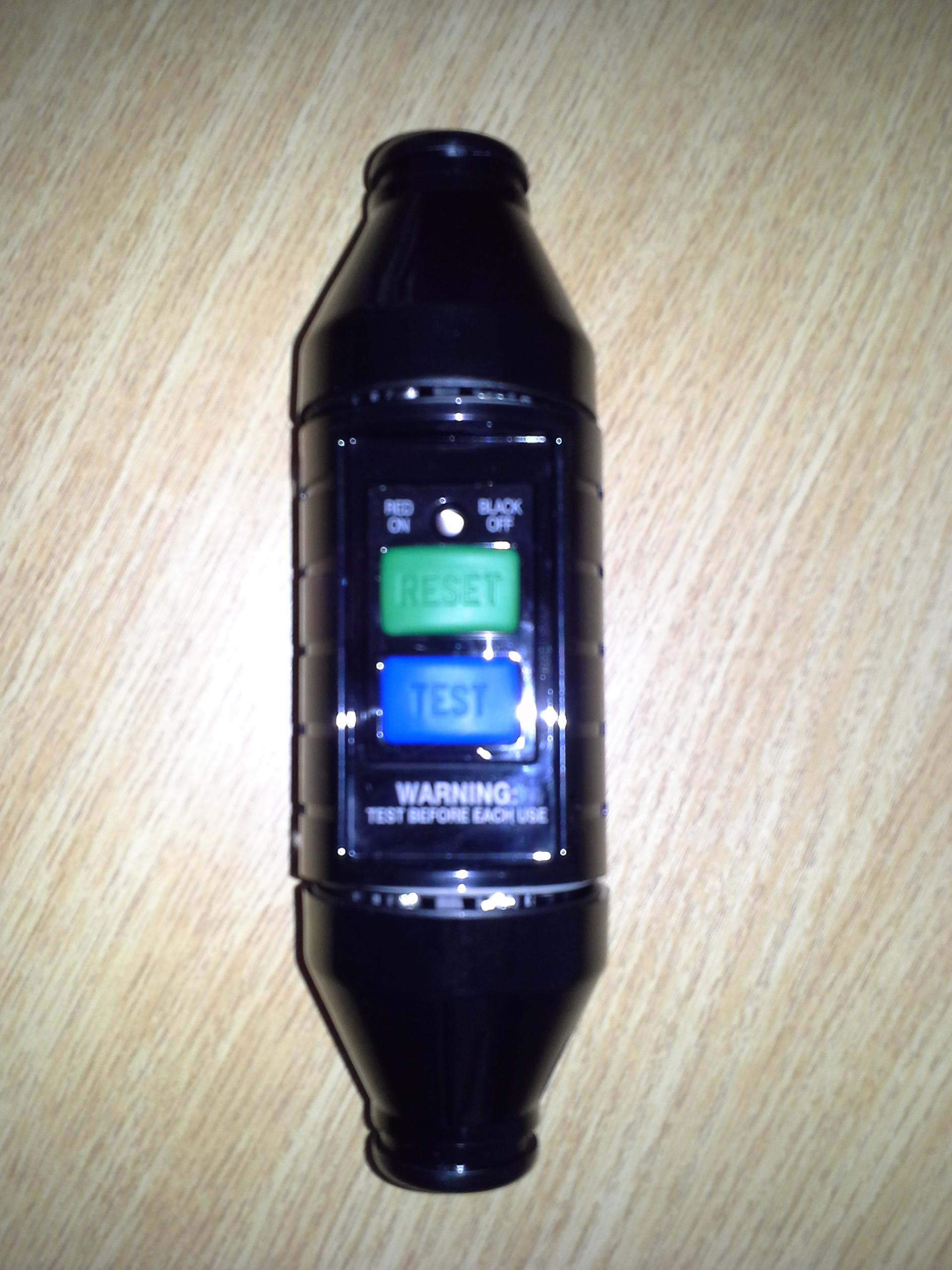Hi all,
I am going camping a few times this year and will be connecting into the campsite power supplies.
As i cannot trust the power in the campsites is safe i have setup this:
The setup will be used in a fully covered gazebo and the box has a lockable lid.

This box allows me to select 10A or 6A (depending on the campsite breakers). The internal connections are earthed and use 2.5mm^2 Twin and Earth (20A rated) is used throughout because it was handy and i am paranoid.
To the spur unit (13A fused) in this box i will connecting a length of Arctic cable which connects to a 30ma IP56 13A rated inline RCD which then connects to a 16A 3 pin IP44 commando plug.
I have two choices of cable length based on some online calculators i have used for a 10A current rating and voltage drop (less than 5%) over the length of the cable:
1.5mm Arctic 35m long
2.5mm Arctic 50m long
So two questions:
1) Does using 2.5mm cable reduce the speed at which the RCD activates to a level i should be concerned about(due to the increased resistivity of the cable)? I ask because i would like a longer cable than 35m but don't want to reduce the safety of the setup for the sake of an additional 15m.
2) My knowledge says the RCD unit should be connected as close to the supply as possible so that it cuts power to the entire length of the cable (which on a campsite is at risk of being damaged) Is this correct?
I am going camping a few times this year and will be connecting into the campsite power supplies.
As i cannot trust the power in the campsites is safe i have setup this:
The setup will be used in a fully covered gazebo and the box has a lockable lid.

This box allows me to select 10A or 6A (depending on the campsite breakers). The internal connections are earthed and use 2.5mm^2 Twin and Earth (20A rated) is used throughout because it was handy and i am paranoid.
To the spur unit (13A fused) in this box i will connecting a length of Arctic cable which connects to a 30ma IP56 13A rated inline RCD which then connects to a 16A 3 pin IP44 commando plug.
I have two choices of cable length based on some online calculators i have used for a 10A current rating and voltage drop (less than 5%) over the length of the cable:
1.5mm Arctic 35m long
2.5mm Arctic 50m long
So two questions:
1) Does using 2.5mm cable reduce the speed at which the RCD activates to a level i should be concerned about(due to the increased resistivity of the cable)? I ask because i would like a longer cable than 35m but don't want to reduce the safety of the setup for the sake of an additional 15m.
2) My knowledge says the RCD unit should be connected as close to the supply as possible so that it cuts power to the entire length of the cable (which on a campsite is at risk of being damaged) Is this correct?
Last edited:



